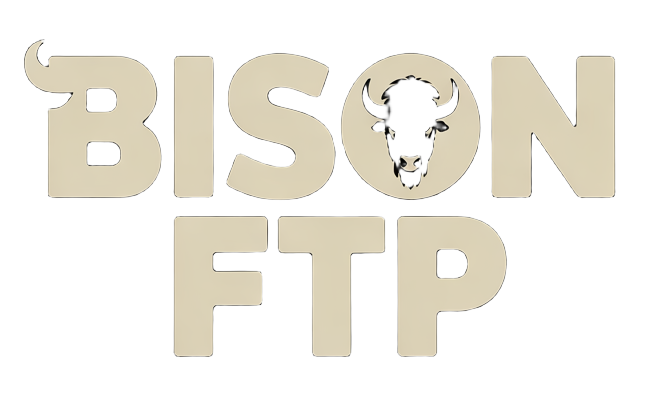In a world where financial needs often necessitate borrowing, understanding how to compare loans effectively is crucial. While it’s common to focus primarily on interest rates, there’s much more that goes into evaluating loan options. Recognizing the factors beyond interest rate can empower you to make more informed financial decisions tailored to your specific needs.
Beyond the interest rate, elements like loan term and total cost can significantly impact your borrowing experience. The duration of a loan influences not only the monthly payments but also the total amount you’ll eventually pay back. A longer term might mean smaller monthly dues, yet it can result in higher overall payments due to accumulated interest.
Additionally, fees and origination costs add another layer of complexity to loan comparison. These upfront costs can vary significantly between lenders, affecting the initial expenses and the annual percentage rate (APR). Crafting a comprehensive APR comparison checklist can aid in illuminating the less obvious financial commitments tied to each loan, ensuring transparency and sound decision-making.
Understanding Loan Terms and Total Cost: A Critical Analysis
When evaluating loan options, it’s essential to understand both loan terms and total cost. The loan term refers to the duration you will be repaying the borrowed amount. A longer loan term might seem appealing due to lower monthly payments, but it typically results in more interest accrued over time.
Shorter loan terms, conversely, often involve higher monthly payments but reduce the overall interest paid. This could be a cost-effective choice if your budget allows for it. Examining your current financial situation and future earning potential will guide you in selecting the most suitable loan term for your needs.
Additionally, the total cost of a loan embodies more than just the principal and interest. It includes any associated fees, which contribute to the overall financial commitment. A comprehensive understanding of these costs will prevent unexpected financial burdens and support a sound borrowing strategy.
Deciphering Fees and Origination Costs
Loan fees and origination costs can substantially impact the overall expense of borrowing. Origination fees are charges imposed by lenders for processing your loan application. This expense can vary between lenders, sometimes being a percentage of the loan amount, thus affecting your initial borrowing expense.
Aside from origination fees, loans might come with other costs, such as application fees and service charges. These additional expenses can add to the total borrowing amount. Being informed about these costs can prevent unexpected financial strain and contribute to more accurate loan comparisons.
When comparing loans, it’s crucial to ask lenders for a detailed breakdown of all related fees and costs. This transparency ensures you have a clear understanding of what you are committing to financially from the onset, allowing for more informed decision-making regarding your loan choice.
Utilizing an APR Comparison Checklist
The Annual Percentage Rate (APR) serves as a critical tool in loan comparison, offering insights into the true cost of borrowing. APR encompasses interest rates and fees, providing a holistic view of a loan’s cost. Crafting an APR comparison checklist is instrumental in evaluating different loan options accurately.
An efficient APR comparison checklist should include essential items to examine, such as interest rate variations, included fees, and whether the APR is fixed or variable. A fixed APR remains constant, whereas a variable rate can fluctuate, impacting long-term costs. Understanding these elements ensures a comprehensive evaluation process.
By using an APR comparison checklist, you can discern less obvious financial commitments, fostering transparency in your borrowing choices. This understanding allows you to choose a loan that aligns with your financial goals and capacities, promoting responsible financial management.
Evaluating Lender Reputation and Reliability
The reputation and reliability of a lender play significant roles in the loan borrowing process. A trusted lender ensures transparent communication, reasonable terms, and ethical practices throughout your loan experience. Reviews and testimonials from previous clients can provide valuable insights into a lender’s credibility and customer satisfaction levels.
Moreover, consider the lender’s history, including their experience in the industry and any recognitions or accreditations received. These aspects can demonstrate a lender’s commitment to professionalism and customer service. A lender with a strong reputation can also offer additional perks, such as flexible repayment options.
Engaging with reputable lenders reduces the risk of unexpected challenges and ensures you are treated fairly throughout the loan term. This foundational step is crucial in selecting a lender that respects your financial needs and contributes to positive borrowing experiences.
The Importance of Personal Financial Awareness
Recognizing personal financial needs and capabilities is fundamental when comparing loans. An honest assessment of your financial situation, including income, expenses, and existing debts, will guide you in determining a loan that aligns with your budget and long-term financial goals.
Additionally, understanding your credit score can provide a realistic perspective on your borrowing power and potential loan terms available to you. A higher credit score often translates to more favorable interest rates and terms, facilitating more manageable loan obligations.
Ultimately, financial awareness empowers you to approach borrowing with confidence and clarity. By understanding your financial picture, you’re equipped to select loans that complement your financial strategy, minimizing stress and maximizing financial well-being.
Conclusion
Navigating the complexities of loan comparison requires more than a superficial glance at interest rates. By examining loan terms, costs, and lender credibility, borrowers can choose options that align with their financial goals. Comprehensive assessments ensure informed decisions, promoting financial health and minimizing unforeseen burdens.
Moreover, self-awareness of one’s financial situation, including credit status and budget, is indispensable. It empowers borrowers to make confident choices in loan selections that complement their financial plans. Through diligent evaluation and awareness, individuals can secure loans conducive to their economic stability and future growth.
